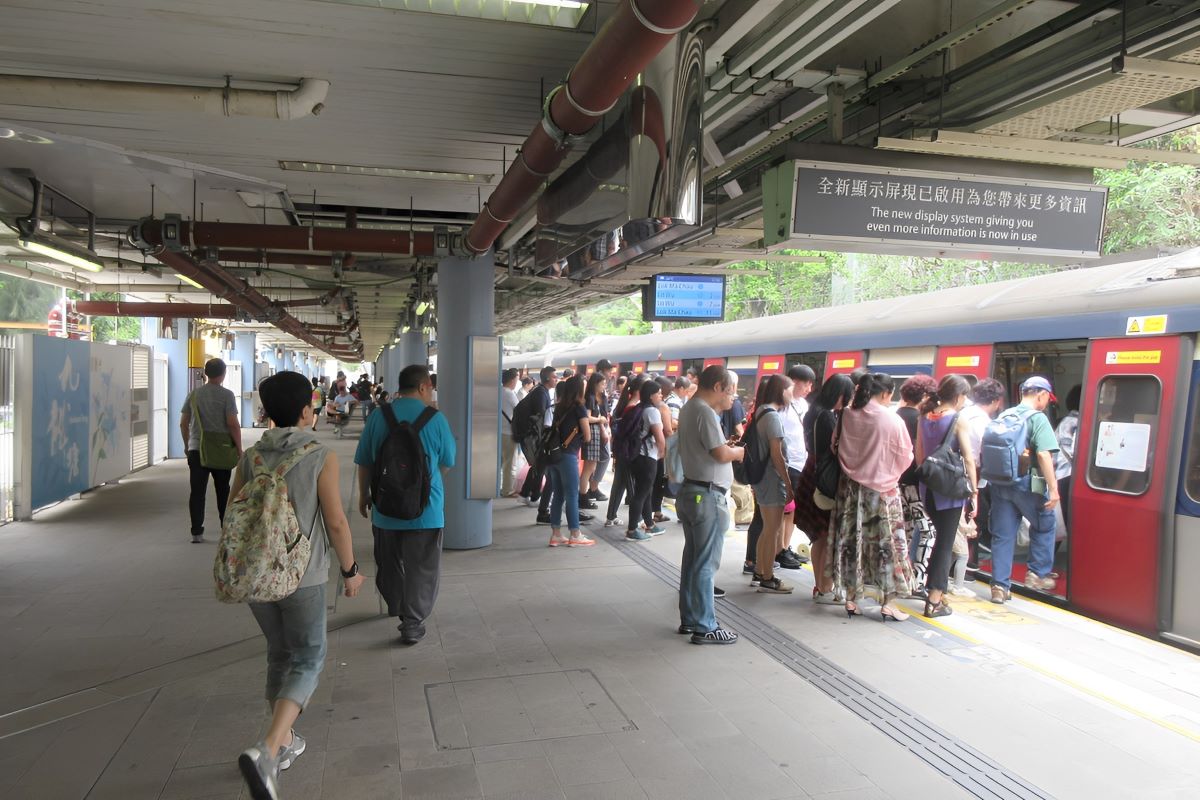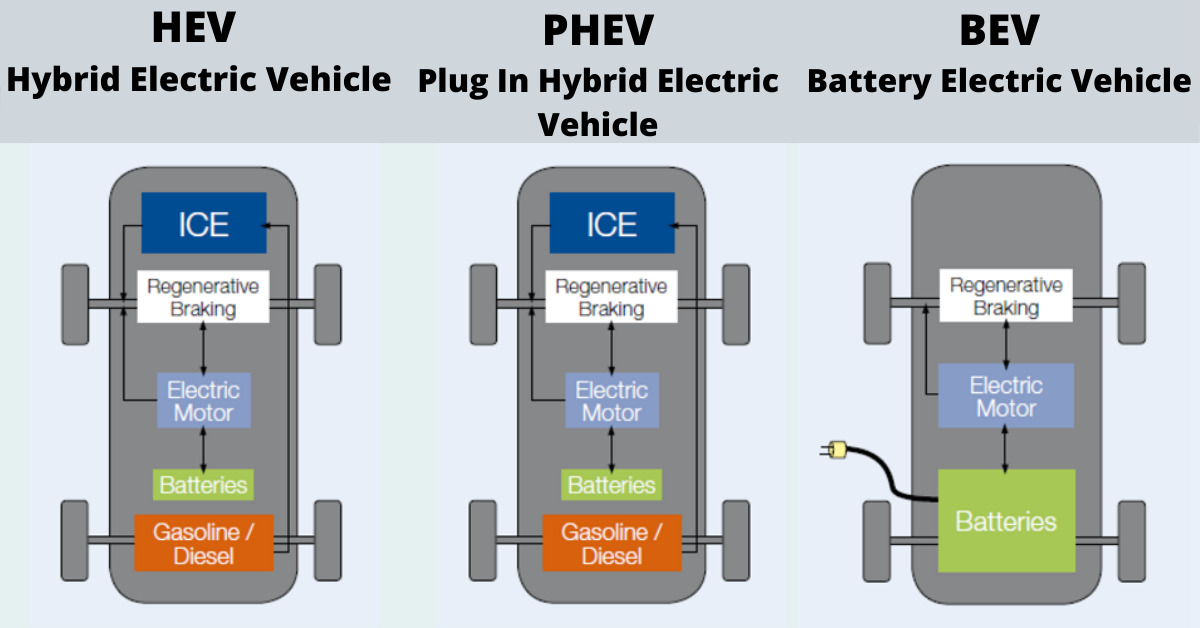
Ching Ming Festival Traditions
Ching Ming Festival, also known as Tomb-Sweeping Day, is deeply rooted in Chinese culture. Families visit ancestral graves to clean and maintain them, removing weeds and debris. They offer food, flowers, and incense as a sign of respect. Burning joss paper, often shaped like money or clothing, is a common practice, symbolizing provisions for ancestors in the afterlife.
Extended families gather during this time, sharing meals and stories about their ancestors. This strengthens family bonds and keeps traditions alive. In recent years, there has been a shift toward eco-friendly practices. Some families now use digital offerings or virtual memorials to reduce waste and environmental impact.
Impact on Hong Kong’s Transportation
The end of the Ching Ming holiday sees a massive return of over 430,000 residents to Hong Kong. This creates significant pressure on transportation systems. The Hong Kong-Zhuhai-Macau Bridge and other border crossings experience heavy traffic as people travel back from mainland China.
Public transportation, including MTR and bus services, extends its hours to handle the increased demand. Hong Kong International Airport also sees a surge in passenger traffic, with many residents flying in from mainland China. Ferry services to and from the mainland are heavily utilized, often requiring additional trips to manage the crowds.
Economic Impact of Ching Ming
The Ching Ming holiday boosts Hong Kong’s economy in several ways. Local tourism sees a rise as residents visit historical sites and cultural attractions. Retailers benefit from increased sales of offerings like joss paper, flowers, and food items.
Restaurants and food stalls near graveyards and public parks experience a surge in business. Hotels and guesthouses in popular destinations also see higher occupancy rates. The holiday’s economic impact is significant, contributing to Hong Kong’s GDP. The government may introduce measures like tax breaks or subsidies to support businesses during this period.
Environmental and Health Considerations
The burning of joss paper and incense during Ching Ming can lead to temporary air quality issues. Health advisories are often issued to warn residents, especially those with respiratory conditions. Increased waste generation during the holiday requires special waste management strategies.
Public health authorities issue guidelines to prevent the spread of diseases in crowded areas. There is a growing trend toward eco-friendly alternatives, such as digital offerings and virtual memorials. Public awareness campaigns educate residents on the importance of environmental conservation during the festival.
Cultural Evolution and Modern Practices
Ching Ming traditions are evolving with modern technology. Digital offerings and virtual memorials are becoming popular alternatives to traditional practices. Social media platforms are used to share experiences and connect with family members during the holiday.
The influence of other cultures and religions has led to diverse rituals. Schools and community centers offer educational programs about the history and significance of Ching Ming. The festival also serves as a platform for intergenerational bonding, with younger generations learning about their heritage.
Future Outlook and Trends
Technology is expected to play a larger role in Ching Ming practices. Virtual reality experiences for tomb sweeping could become more common. Sustainability initiatives, such as biodegradable offerings and eco-friendly transportation, are likely to gain traction.
Government policies may change to support the cultural and economic aspects of Ching Ming, such as extending public holidays. Efforts to gain international recognition for Ching Ming as a UNESCO Intangible Cultural Heritage are ongoing. Community engagement programs will continue to promote the festival’s cultural significance.
Economic forecasts predict that Ching Ming will remain a key contributor to Hong Kong’s economy, with trends and changes in practices shaping its future impact.



